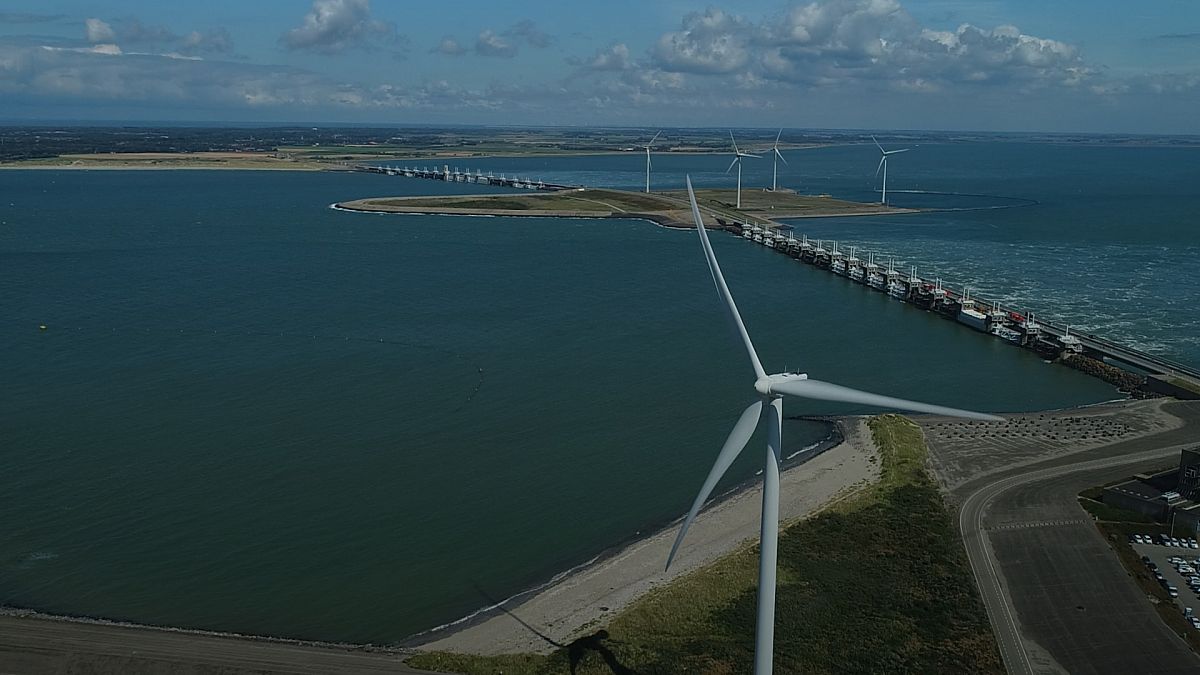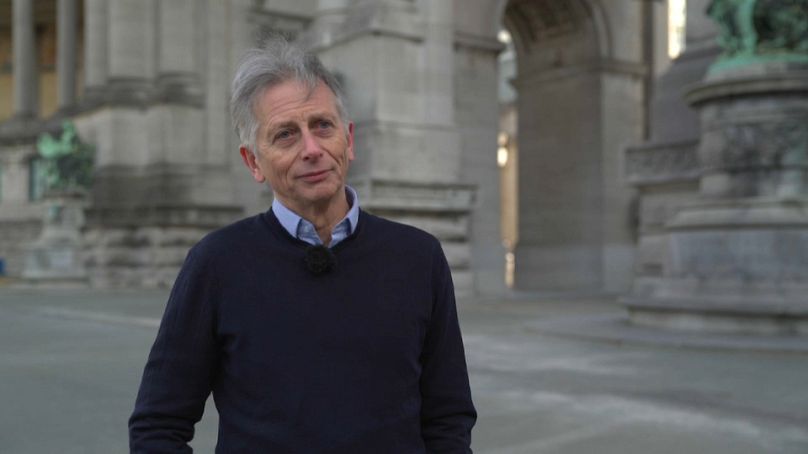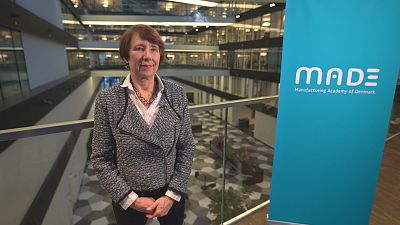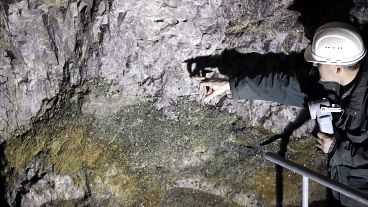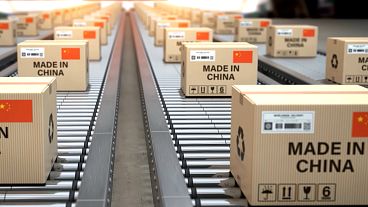Business Planet looks at the EU's strategic plan to secure the critical raw materials that will be vital for green and digital technologies.
If Europe is to meet its goal of becoming climate-neutral by 2050 it will need to secure the raw materials vital for that green future.
Wind turbines, solar panels and electric cars all require rare earth elements and other minerals for production. While some of these elements are found in Europe, most of the critical raw materials used in digital and clean technologies are sourced from outside the EU, notably rare earth metals.
In a bid to become less dependent on certain resource-rich countries the EU recently unveiled a critical raw materials action plan. That seeks to diversify supply while also significantly strengthening domestic sourcing, processing and recycling inside Europe.
Peter Handley from the European Commission said: “The EU's new strategy for critical raw materials presents a 10-point action plan to boost our supply of sustainable, critical raw materials. The key is diversification. So firstly, we need to source from a wider range of countries. Secondly, we need to do more with the resources we have in Europe itself. And thirdly, we need to ramp up the recovery of those raw materials that are already in the economy. We call it the ‘urban mine’.”
Just like oil powered the fossil fuel economy, these finite elements will be key to both the digital and renewable energy revolution.
Ultimately this transition seeks to reduce Europe’s carbon footprint. But the green economy is also likely to bring other tangible benefits. For example, cleaner air in our cities, as well as a growing number of business opportunities and jobs.
To watch the video, click on the player above.
